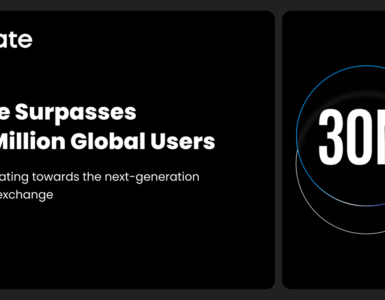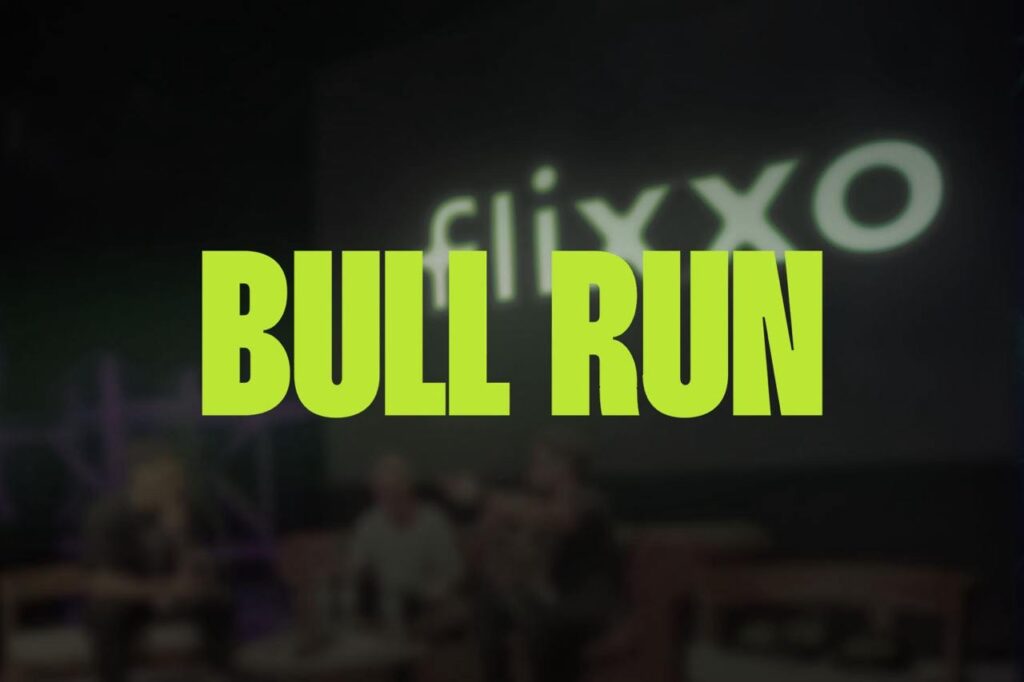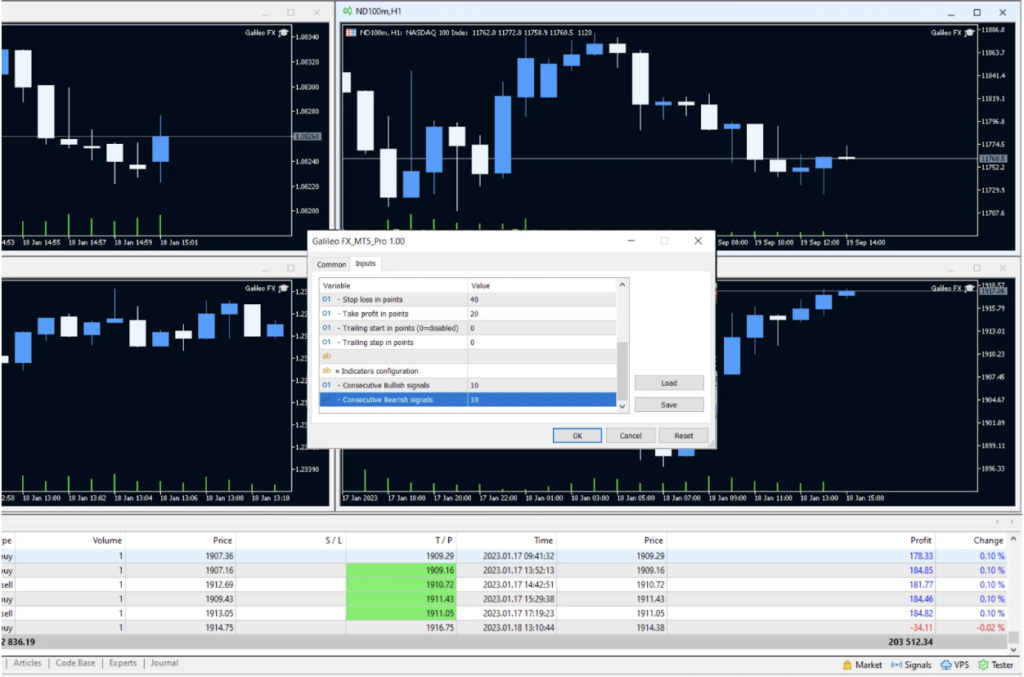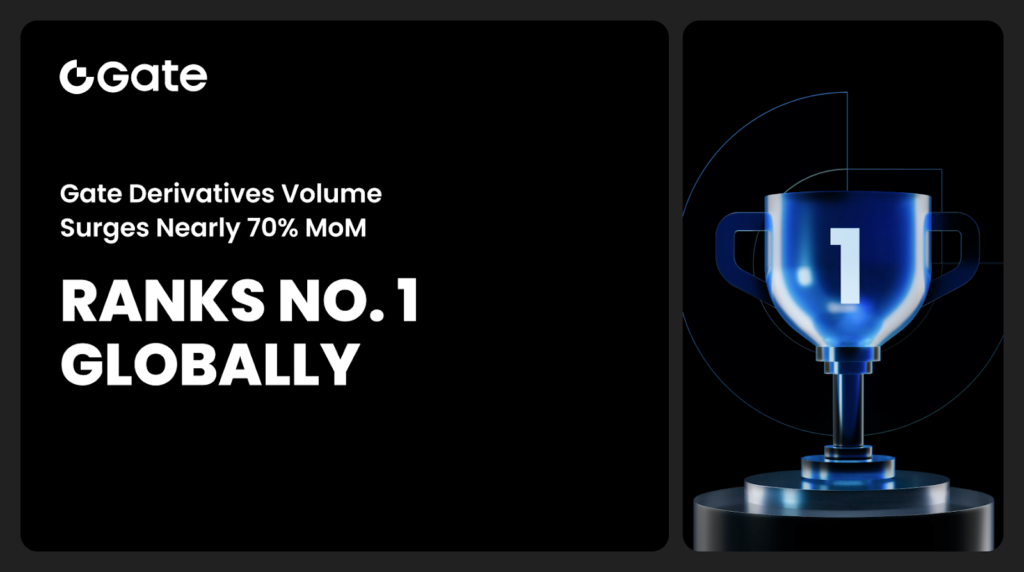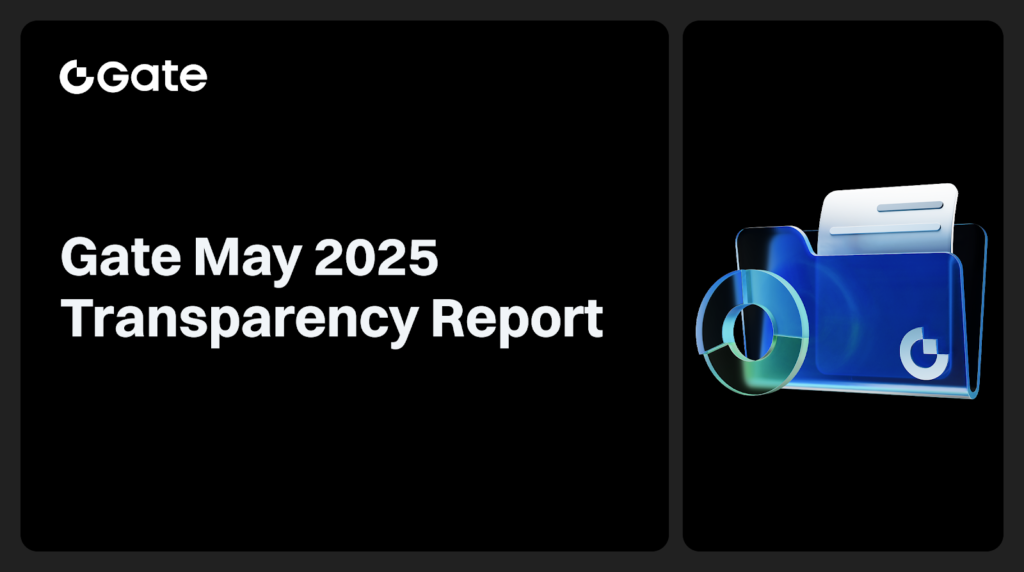The emergence of blockchain technology has brought about a revolution in the financial world. Decentralized finance, commonly known as DeFi, is one of the most significant applications of blockchain technology. It has the potential to democratize access to investment opportunities and make the financial system more inclusive. In this article, we will discuss how DeFi is democratizing access to investment opportunities.
Introduction to DeFi
Decentralized finance is a system of financial applications built on a blockchain network. It enables people to access financial services such as borrowing, lending, and trading without the need for intermediaries like banks. DeFi is built on smart contracts that execute automatically when certain conditions are met. This makes the system transparent, trustless, and secure.
Democratization of Investment Opportunities
Traditionally, investment opportunities were only available to the wealthy few who had access to investment banks and financial advisors. The average person was left out of the investment game. DeFi is changing this by democratizing access to investment opportunities. Here are some ways DeFi is doing this:
Decentralized Exchanges (DEXs)
Decentralized exchanges are platforms that enable peer-to-peer trading of cryptocurrencies without the need for intermediaries. They eliminate the need for middlemen, which reduces transaction fees and makes trading more accessible. Anyone with an internet connection and a cryptocurrency wallet can access DEXs
Liquidity Pools
Liquidity pools are pools of funds that are used to provide liquidity to decentralized exchanges. Users can contribute their funds to the pool and earn rewards for providing liquidity. This enables small investors to earn passive income by participating in the DeFi ecosystem.
Decentralized Lending and Borrowing
DeFi platforms enable people to lend and borrow money without the need for intermediaries. Users can lend their cryptocurrencies and earn interest, while borrowers can access loans without having to go through a traditional bank. This makes borrowing and lending more accessible to the average person.
Tokenization of Assets
DeFi enables the tokenization of assets, which means that assets such as real estate, artwork, and stocks can be represented as tokens on a blockchain. This makes it possible for people to invest in fractional ownership of assets that were previously out of reach.
Advantages of DeFi
DeFi has several advantages over traditional finance. Here are some of them:
Accessibility
Anyone with an internet connection and a cryptocurrency wallet can access DeFi. This makes it possible for people in remote areas and underdeveloped countries to access financial services that were previously out of reach.
Transparency
DeFi is transparent because it is built on a blockchain network. Transactions are recorded on a public ledger that anyone can access. This makes the system more trustworthy and less prone to fraud.
Security
DeFi is secure because it is built on a decentralized network. There is no central point of control that can be hacked or shut down. This makes the system more resilient to attacks and more secure for users.
Challenges of DeFi
Despite its many advantages, DeFi also faces several challenges. Here are some of them:
Regulation
DeFi operates in a regulatory gray area. There is no clear framework for regulating DeFi, which creates uncertainty for investors and users. This can make it difficult for DeFi to gain mainstream adoption.
Complexity
DeFi is a complex system that requires a certain level of technical expertise to navigate. This can be a barrier for the average person who is not familiar with blockchain technology.
Security Risks
DeFi is not immune to security risks. Smart contracts can have bugs that can be dangerous sometimes.
Real-World Examples of DeFi in Action
DeFi is still a relatively new concept, but there are already several real-world examples of how it is democratizing access to investment opportunities. One of the most prominent examples is the rise of decentralized exchanges like Uniswap and Sushiswap. These platforms allow anyone with a cryptocurrency wallet to trade a wide variety of tokens without the need for a centralized exchange.
Another example of DeFi in action is the use of liquidity pools to provide funding for new projects. Decentralized autonomous organizations (DAOs) like MakerDAO and Aave allow users to pool their funds together and provide liquidity to new projects. This makes it easier for startups to access funding without having to go through traditional venture capital firms.
The Future of DeFi
DeFi is still in its early stages, but its potential to democratize access to investment opportunities is immense. As the technology develops, we can expect to see more innovative use cases for DeFi. Some experts predict that DeFi will eventually replace traditional financial institutions like banks and stock exchanges.
However, there are also challenges that need to be addressed before DeFi can become mainstream. One of the biggest challenges is scalability. DeFi currently operates on the Ethereum network, which has limited capacity for processing transactions. This has led to high transaction fees and slow transaction times, which can make it difficult for smaller investors to participate in the ecosystem.
Another challenge is the lack of regulation. As DeFi grows in popularity, regulators are likely to take a closer look at the technology and its impact on the financial system. It remains to be seen how regulators will approach DeFi, but there is a risk that heavy-handed regulation could stifle innovation and limit the potential benefits of DeFi.
Conclusion
DeFi is a revolutionary technology that has the potential to democratize access to investment opportunities. By eliminating intermediaries and providing a more transparent and secure system for financial transactions, DeFi is opening up new possibilities for investors of all sizes. While there are challenges that need to be addressed, the future of DeFi looks promising. As the technology continues to develop, we can expect to see more innovative use cases and greater adoption of DeFi in the mainstream financial system.


